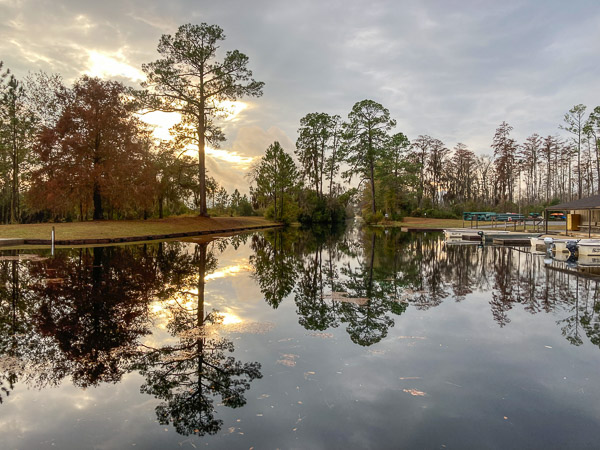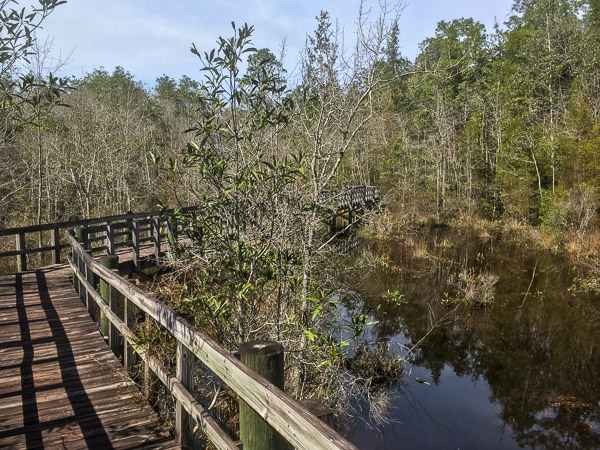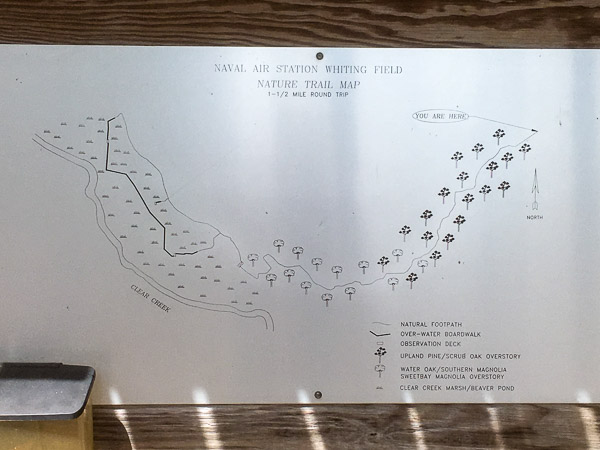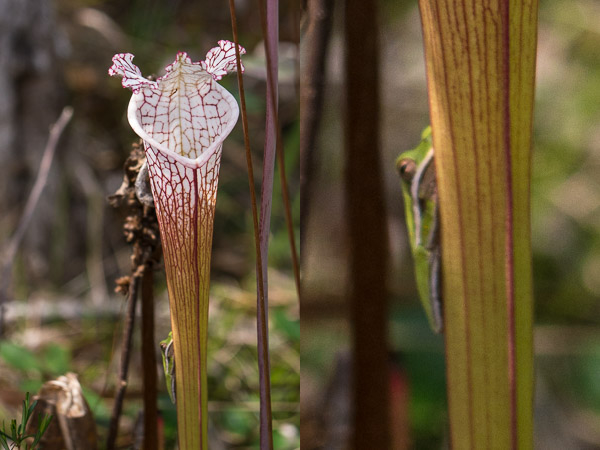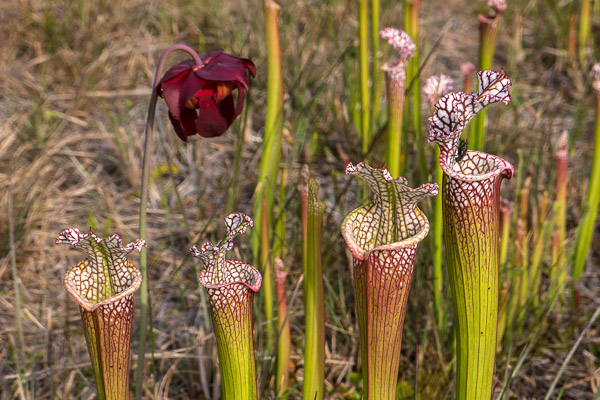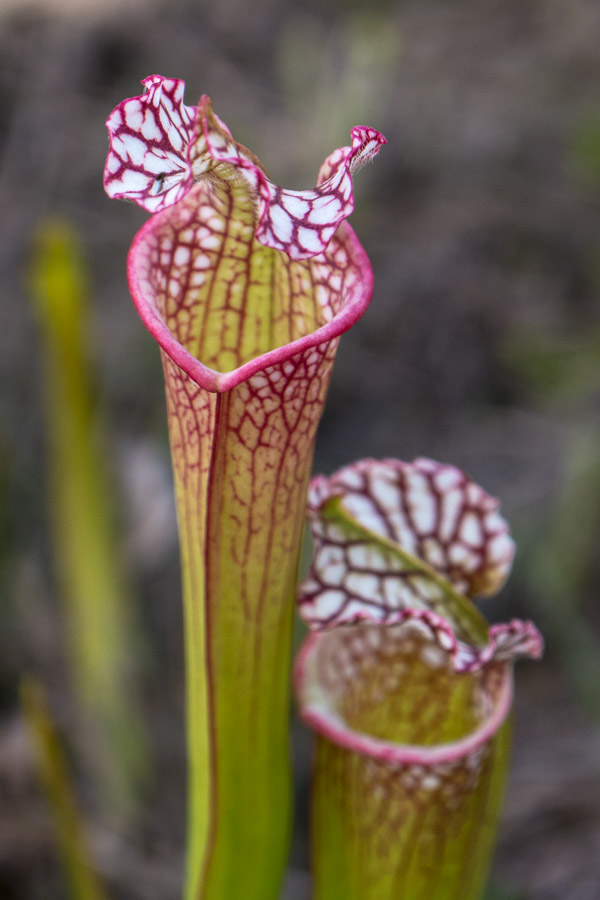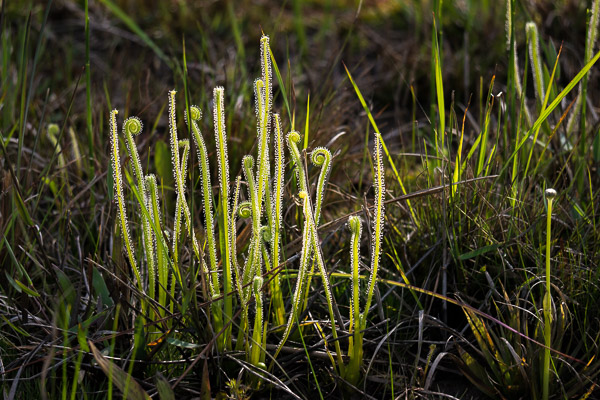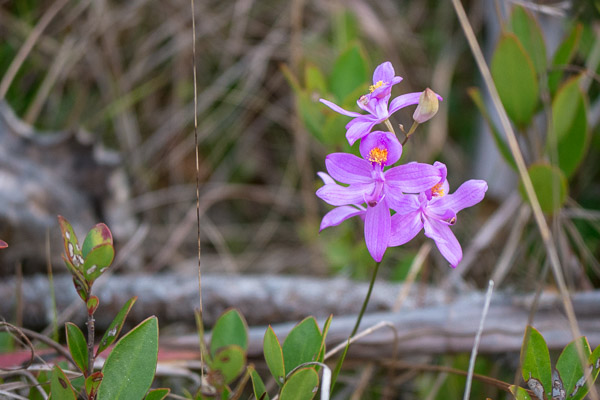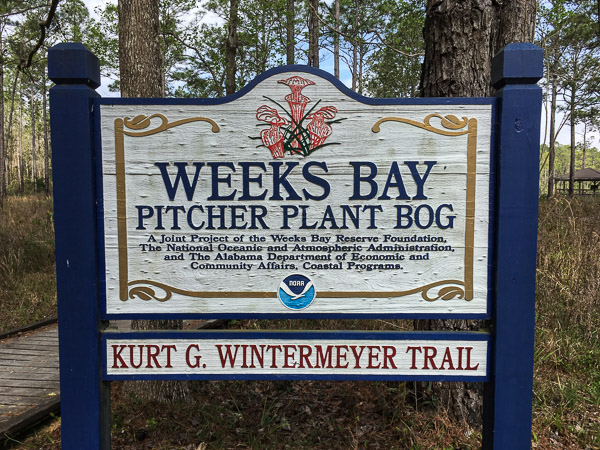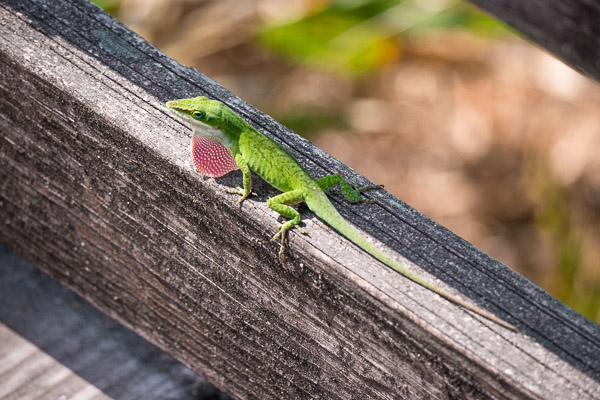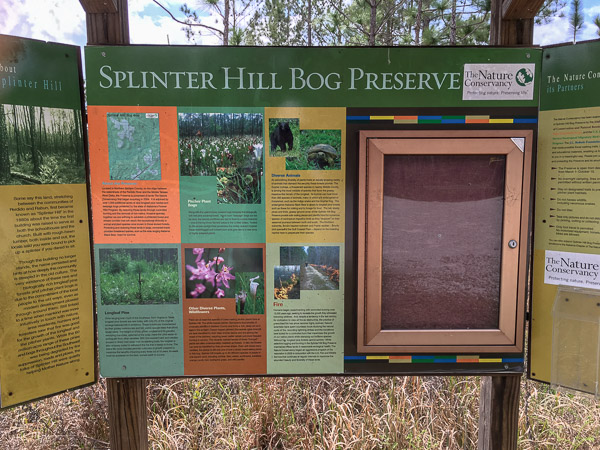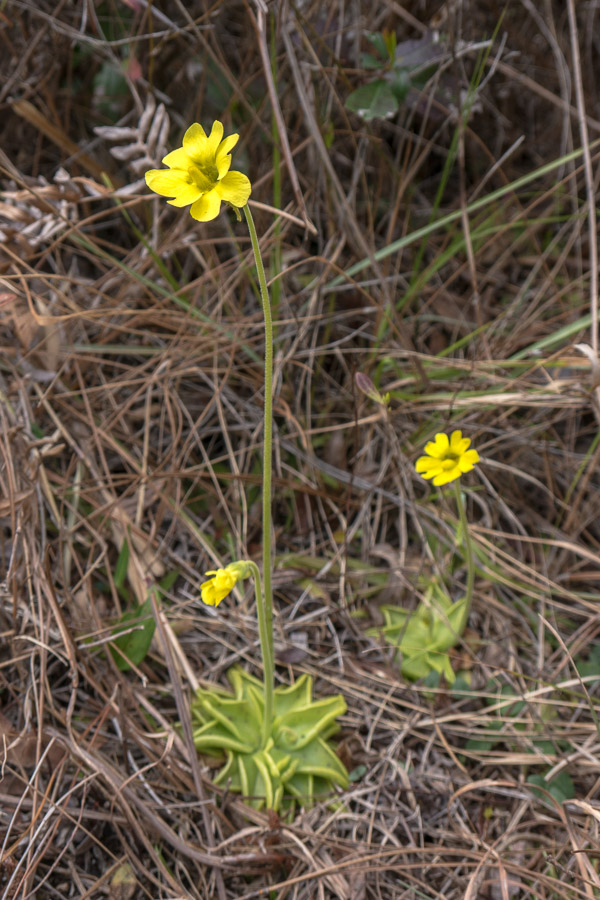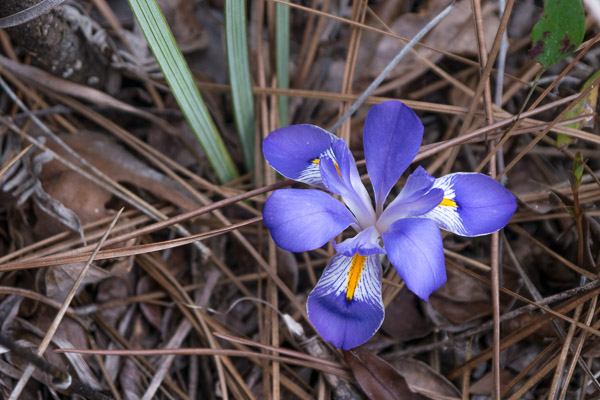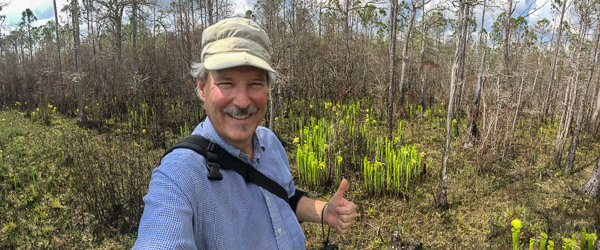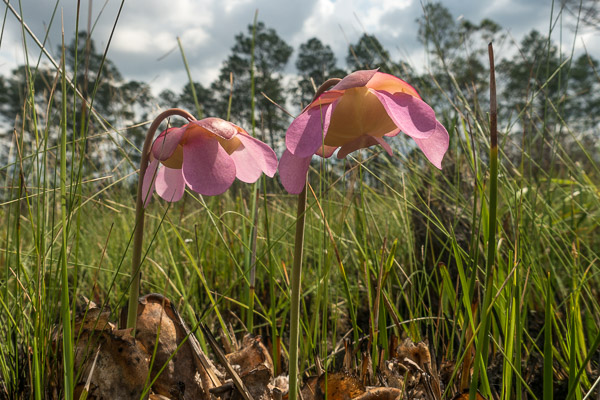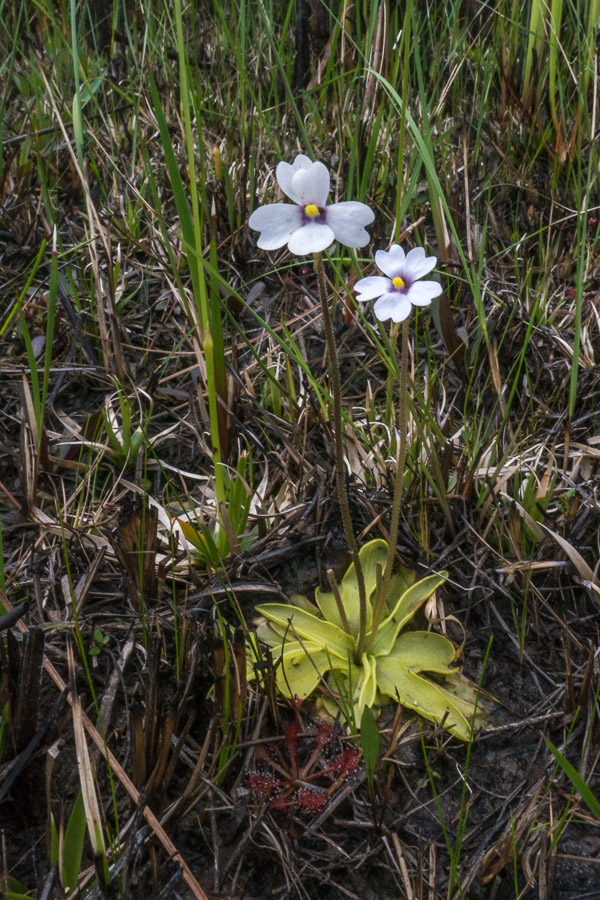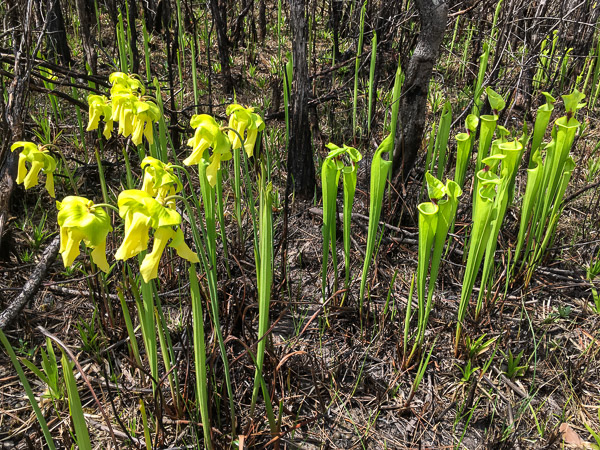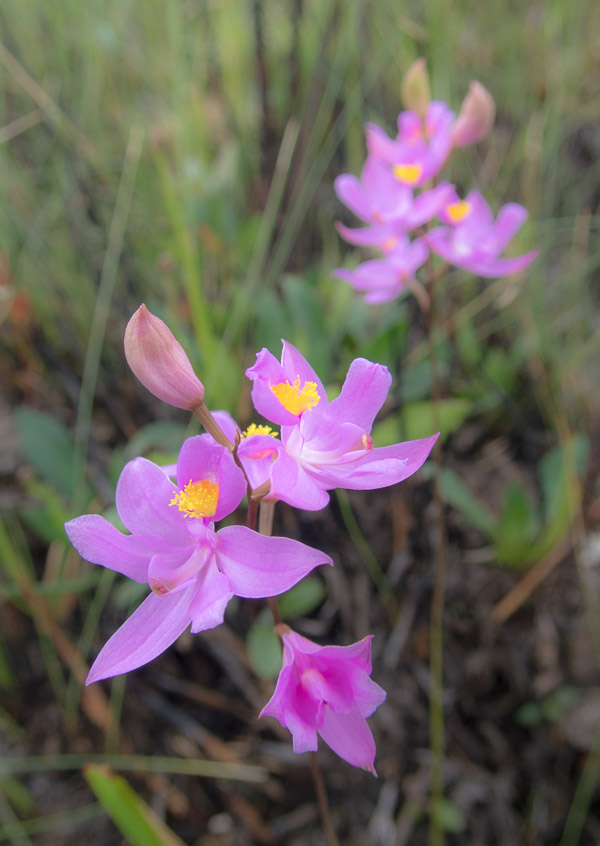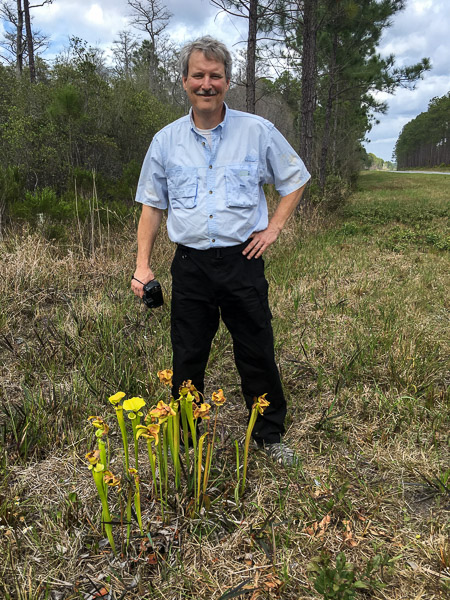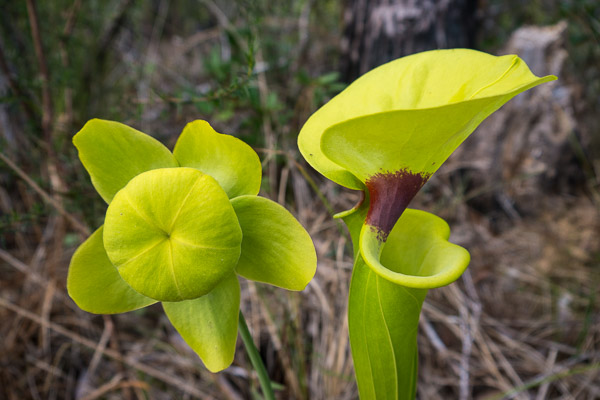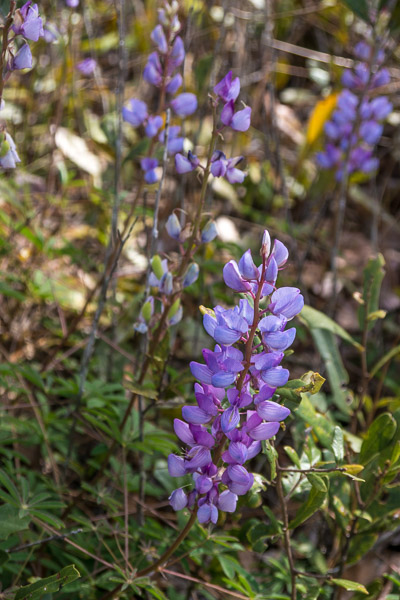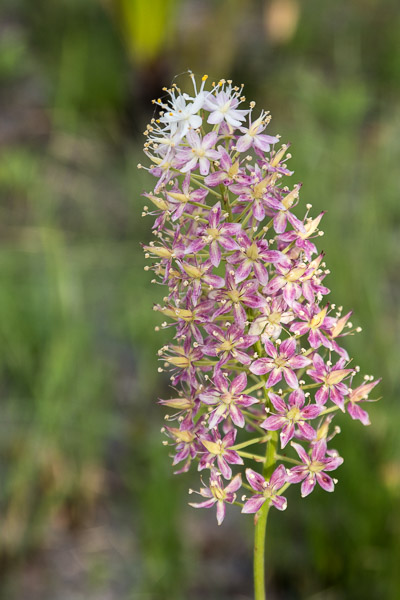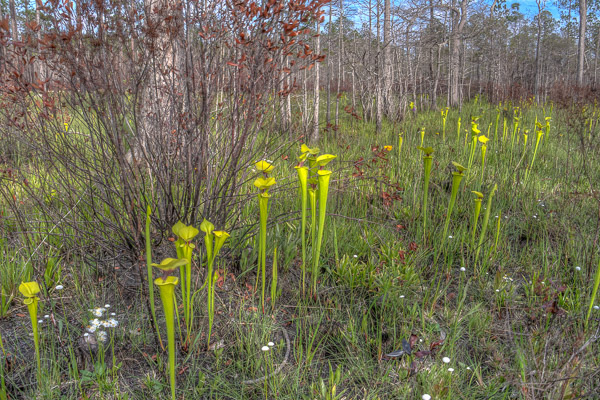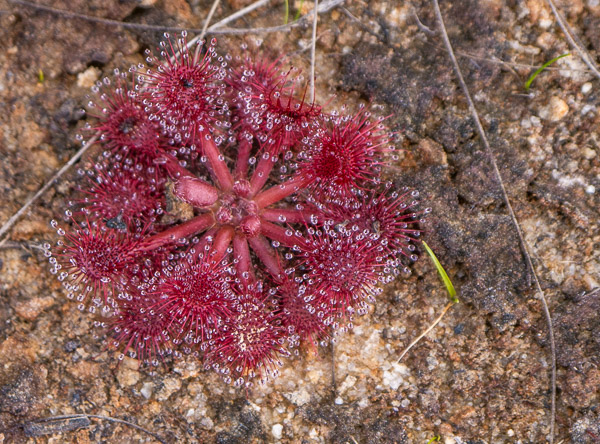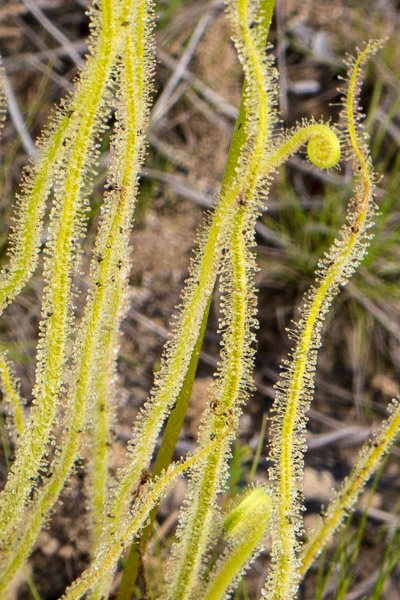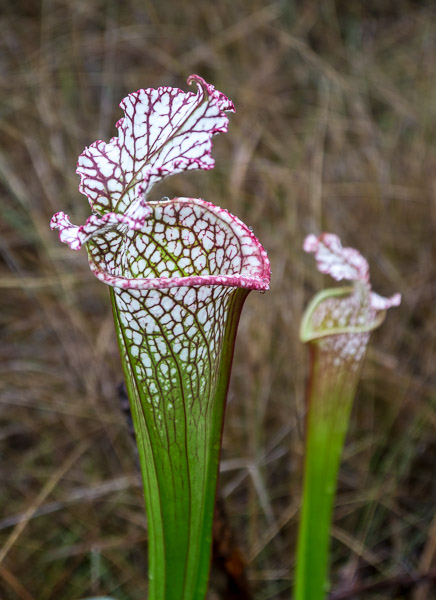I last traveled to the Okefenokee in 2004, and I had been hoping to return sooner. My return was delayed in part by a multi-year drought and Major Fires in 2011. This year the water was high thanks to record rainfall in the late summer.
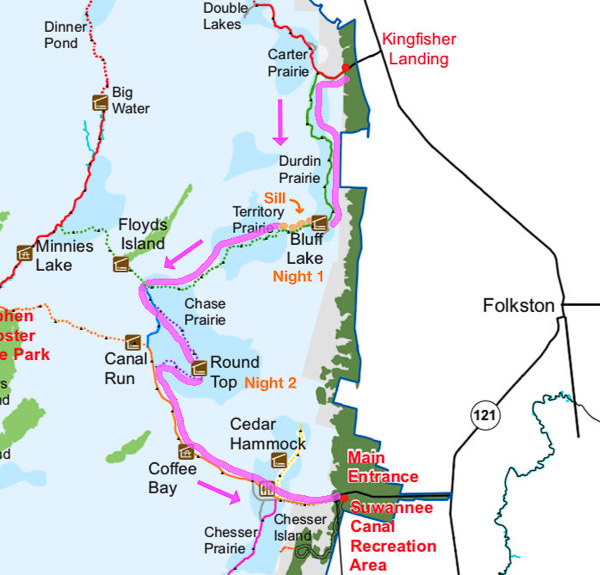
We left our car at the Suwannee Canal entrance and took advantage of a convenient shuttle service to get our canoe and gear up to Kingfisher Landing (about 30 miles north). From there we made our way south via a combination of canals, streams, prairies, sills, and ponds. Click below for an annotated video of our trip…

We started by following the Green Trail along a winding series of small canals until we reached our first campsite on the Bluff Lake Chickee. We got there with plenty of time to fix an early dinner and relax.
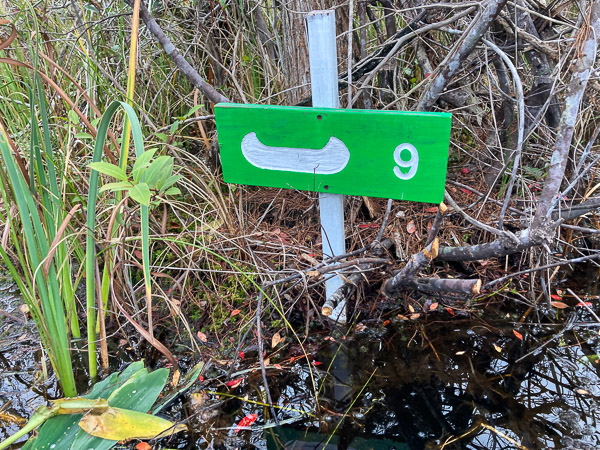
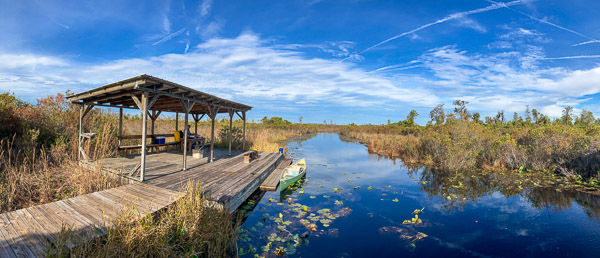
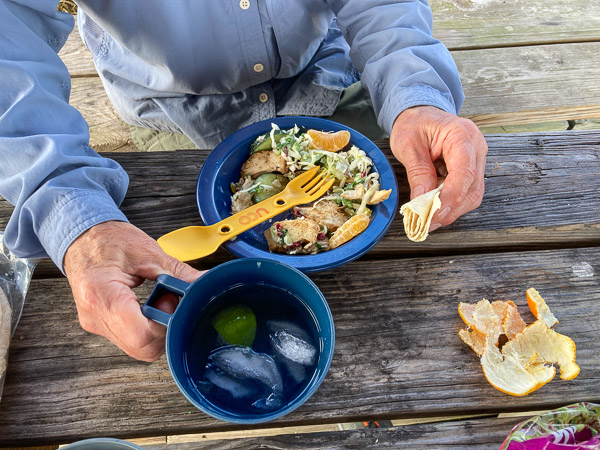
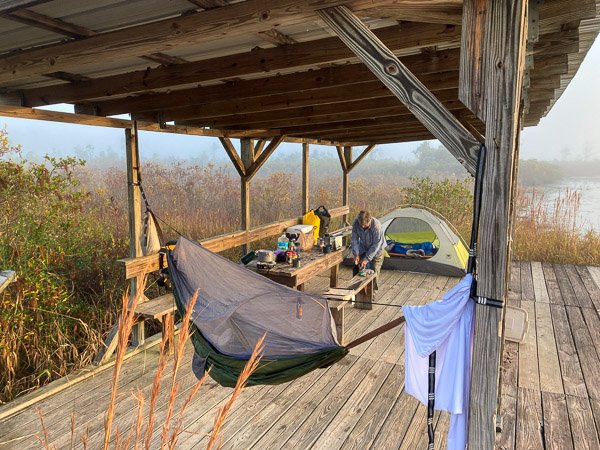
There are several species of carnivorous plants in the swamp, including three pitcher plants. We saw many examples of two of these: the Parrot Pitcher Plant and the Hooded Pitcher Plant. There were many standing dead trees with charred trunks left over from fires a decade ago, but the loss was not total. There were many older living trees interspersed with the dead, and lots of young Bald Cypress trees coming up underneath.
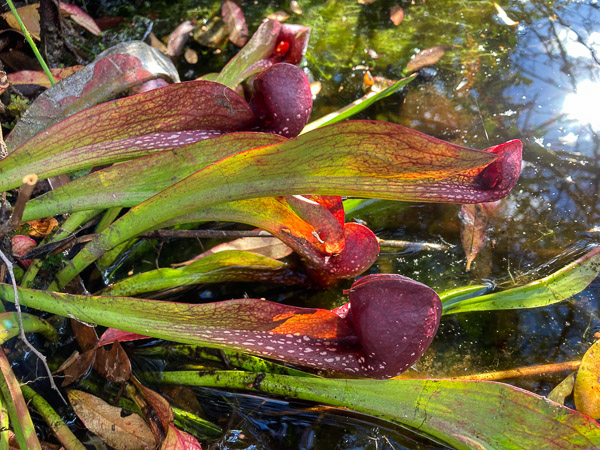
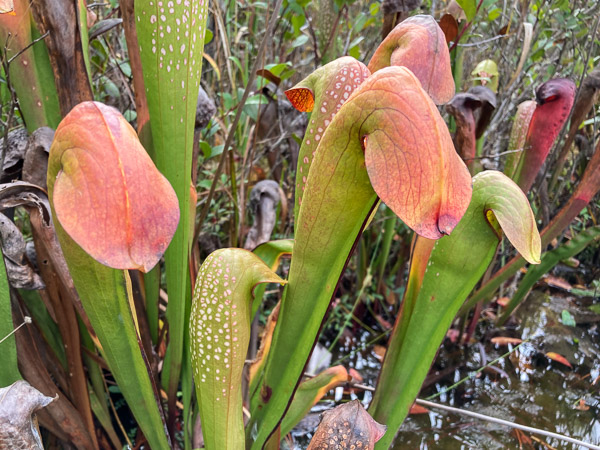
Yellow and Purple Bladderworts were blooming in abundance, occasional white Fragrant Waterlilies, and we even saw one Hooded Pitcher Plant putting up a flower!
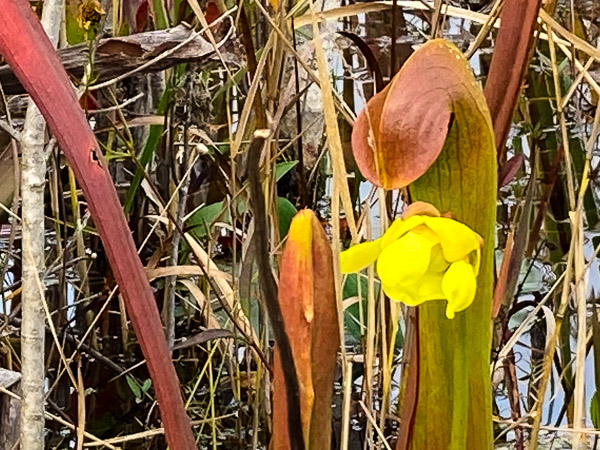
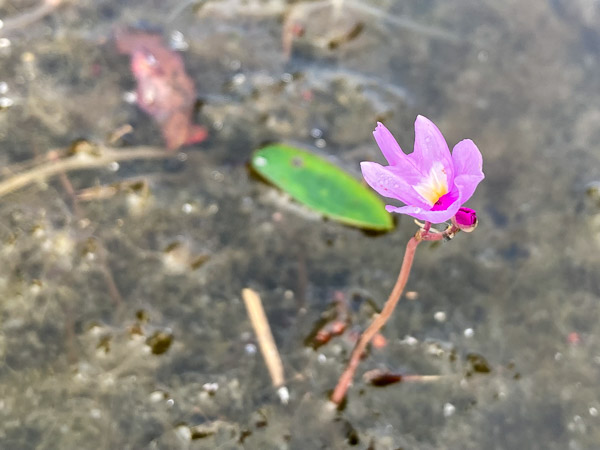
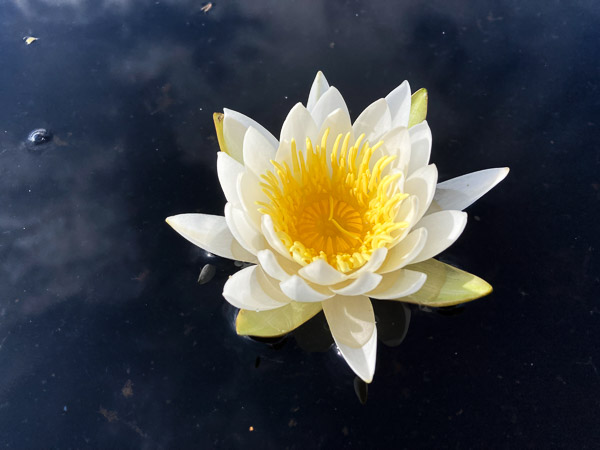
After a brief time on the connecting Blue Trail we picked up the Purple Trail that loops out into the Chase Prairie and our next chickee.
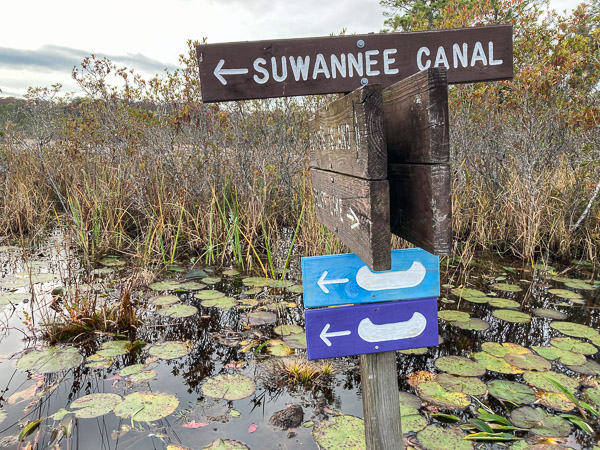

These prairies are a mix of open water, marsh, and small islands with trees. The Round Top Chickee boasts a 360º view of this robust ecology. We saw more birds here including Sandhill Cranes and Egrets. We heard Barred Owls calling all around us in the evening. We got a bit of rain during the night so the morning was grey and damp.

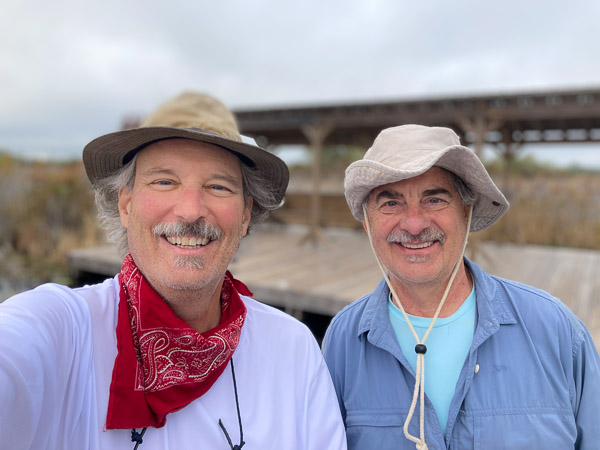
There was a small box for a trail journal on this chickee, but all we found were notes written on toilet paper rolls railing about “Nancy Pelosi”?!

Turns out they were referring to the resident six foot gator who hung about the chickee the entire time we were there. This is likely because earlier visitors had fed it (a very BAD idea!). Gators that remain too close to humans usually lose their lives! Sad.
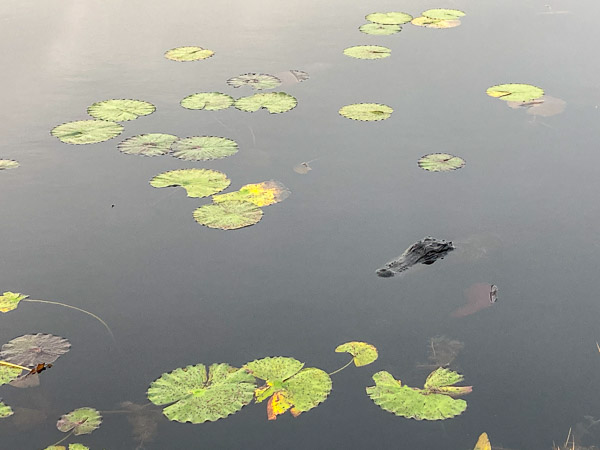
After the overnight drizzle we packed up in the grey dawn and continued on the Purple Trail to the next big intersection. The sun came out as we turned east on the Orange Trail. This is a major canal flowing to the west that got larger and larger as we approached the visitor center. We had lunch on the Coffee Bay platform just before the rain started. About a mile from the take-out it started to pour. By the time we had the gear all packed the late afternoon sun broke through.
